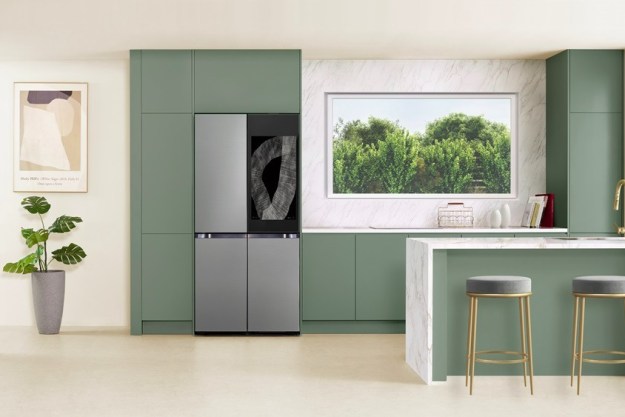The average person uses smart home technology to streamline miscellaneous tasks and make day-to-day life more efficient, but for people with severe medical problems, the technology can be life-changing. That is the idea behind a pilot project currently underway in London, Ontario.
According to TVO.org, the premise behind the project, led by the Lawson Health Research Institute assistant director Cheryl Forchuk, is to use connected health devices to allow medical professionals to monitor patients from afar. This provides the patients with the ability to live on their own or with friends and family rather than in an assisted living situation. This kind of technology has existed for several years, but rarely has it been used to treat mental illness.
Treating mental illness is never as simple as “take this medication twice a day.” There are so many variables and factors to consider on an individual basis that it is significantly harder for physicians to address these issues — especially with conditions like schizophrenia and bipolar disorder, which can affect memory function and decision making.
Connected technology can circumvent these issues by dispensing medication at specified times throughout the day. Heart monitors can report blood pressure and pulse rate directly to physicians. Connected glucose meters can give up-to-the-minute warnings about blood sugar levels. All of these devices help doctors offer personalized medical care and independence patients might not have otherwise.
Security, however, is a major point of concern. Forchuk assured the TVO.org reporter that multiple steps were taken to ensure patient privacy. The Wi-Fi connections in participants’ homes and Lawson Health Research Institute has manual control of software and firmware updates. These steps, combined with regular security checks, will go a long way toward protecting patient privacy and ensuring data remains encrypted.
Another obstacle is the cost of the program, but Forchuk hopes that government agencies will provide the necessary funding, particularly if the program saves as much money as estimated. This unexpected use of smart home technology points toward a brighter future; as the technology improves, people that once had no choice but to stay in expensive assisted living facilities might be able to live on their own for no more than the cost of a few smart home devices.
Editors' Recommendations
- Home Depot’s Hubspace is a great way to start building your smart home
- Echo Hub vs. Echo Show 8: Which is the best option for your smart home?
- The 5 best smart ceiling fans for your home in 2024
- Daisy is an installation and repair company designed for your smart home
- Samsung Ballie is a rolling smart home hub with a built-in projector




